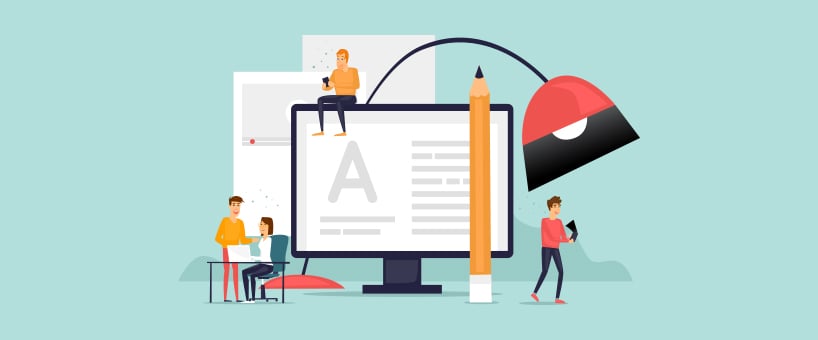Home »
 June 3, 2019
June 3, 2019
Social Media Sharing Buttons & their Importance in Traffic Engagement on your Website
Social media seem to have become an indispensable part of our daily lives. Started for the purpose of just connecting people with their close ones, it has developed itself to an enormous online global market.
The business which operates and depends on the online venture to market their products and services find social media to be one of a central resource for their revenues.
The past few years proved to be evolutionary as content and information sharing have taken a step further and has become more dynamic and reachable to a vast audience more quickly.
The old-aged feeds known as
RSS is long gone when they were used to post the blogs and news feeds. Now, people hastily use social media apps to keep them updated from the happenings around. However, websites with content allow users to read detailed content as these are more readable. The collaboration for both sources, websites, and social media engaging apps happens in-between the social media share buttons.
When running SEO campaigns, content marketing, and PPC movements for the promotions, people often apply the social buttons enthusiastically, but it gets disappointing when no desired amount of traffic that happens to be on their website responds well on the social media, simultaneously. The most acute reason behind this mishap is full of the mark Call-to-Action placements.
Marketers who happen to make meager usability for such an essential element of marketing definitely to know how to place the social media buttons well.
Here’s the guide on how to effectively use the social media buttons on your website for maximum social engagement.
The Significance of Social Media Buttons On Your Site
You must be eager that the content you have whole-heartedly produced for your site, must be read by a numerous amount of people that could be converted into potential customers. To reach the content out to the mass audience, you need to place social media buttons. Social media buttons tend to specify the targeted audience by itself as it articulates the users who have shared your content on their online platforms.
When placing content with displaying options for Twitter, Facebook, email, LinkedIn, Messenger, and other social media platforms, it enables the selected article to be posted appealingly with a title and meta description instead of just copy/pasting the plain link that users may see it as spam.
Social media has the ability to create virtual communities with common interests that are aligned around business niches, interests, and aspiration. Therefore, social media buttons make it easy to make your content influence to the targeted audience.
Understanding the connection between social media buttons and rankings is simple. The content that your audience would want to share will result in improved search engine rankings. The website SEO campaign with properly attached social media buttons will do wonders for your website traffic.
Proper Placements to Add Social Media Buttons On Your Website
- Top of the Post
One of the standard placement for social media buttons is at the top of the content. This does clarify the call-to-action strategy, but putting them on the top makes it distracting for viewers as they haven’t yet even read the article.
- Bottom of Post
Positioning the social media buttons at the bottom tactically will make the reader’s mind after reading the content as they may share the post. However, a lot of buttons and information can overshadow the buttons causing distractions in the user experience.
- In-Between the Post
This is one of the crafty strategies. Placing the social media sharable buttons in between the posts when the reader is having the moment of interest can result in maximum share button clicks.
- Floating Bars
The side floating bars having the social media buttons that go along as the reader reads the content can be a lot helpful to get the rankings high in the search by making the post more sharable.
Where to avoid them?
The most common mistake in online marketing when it comes to sharable content buttons to the social media platform is when the buttons are wrongly placed on a completely irrelevant page. It does not only acquire the space on the website page, but it is also a foulest call-to-action implementation.
Also, it should be noticed that the logos for different social media platforms should be authentic and has proper visuals. Poor quality logos may confuse or halt user to share the content on their social media platform.
- June 2025 (1)
- April 2025 (1)
- March 2025 (1)
- February 2025 (2)
- January 2025 (1)
- December 2024 (4)
- November 2024 (8)
- October 2024 (1)
- September 2024 (3)
- August 2024 (2)
- July 2024 (2)
- June 2024 (1)